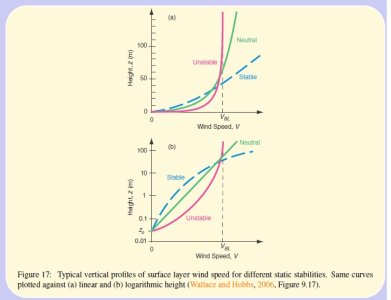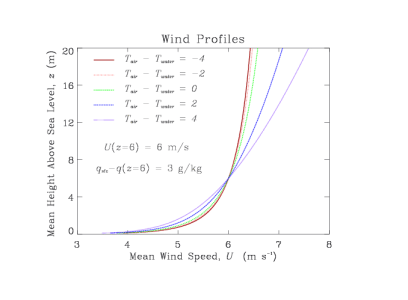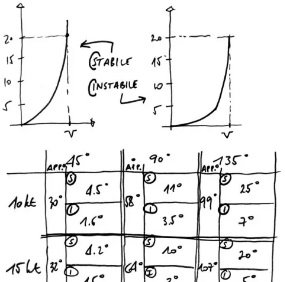NormanS
Well-known member
Is there a measurable difference in the effect of cold dense air, as opposed to warmer lighter air?
Making south yesterday in a gusting westerly wind (max recorded 35 knots) in grey weather, and a temperature of 10°C, I commented to my wife, "This would be alright if it was 10 degrees warmer and the sun was shining".
Apart from being more pleasant, I would assume that warmer, less dense air, would apply less force. Is the difference significant?
Making south yesterday in a gusting westerly wind (max recorded 35 knots) in grey weather, and a temperature of 10°C, I commented to my wife, "This would be alright if it was 10 degrees warmer and the sun was shining".
Apart from being more pleasant, I would assume that warmer, less dense air, would apply less force. Is the difference significant?



